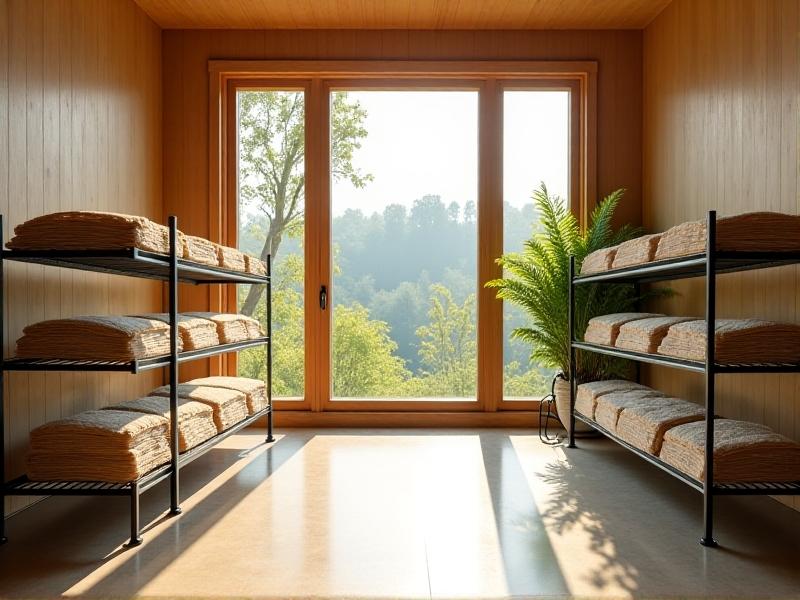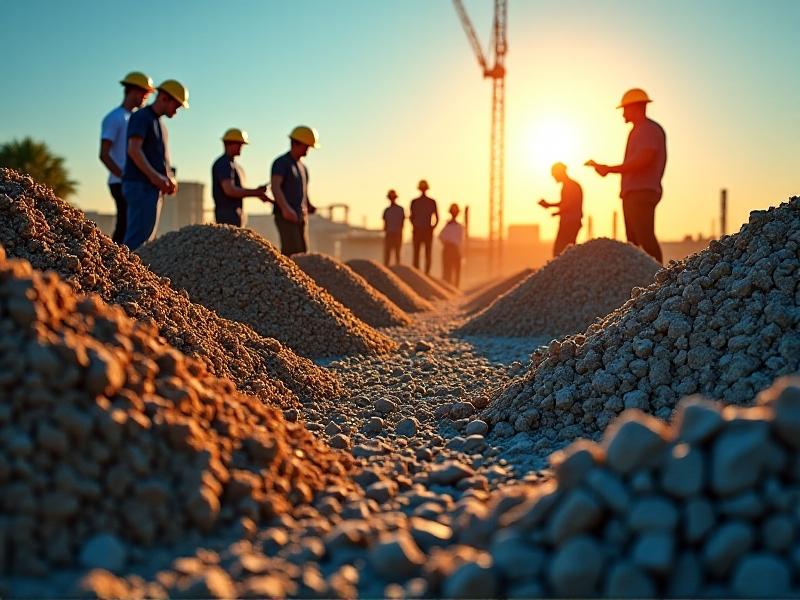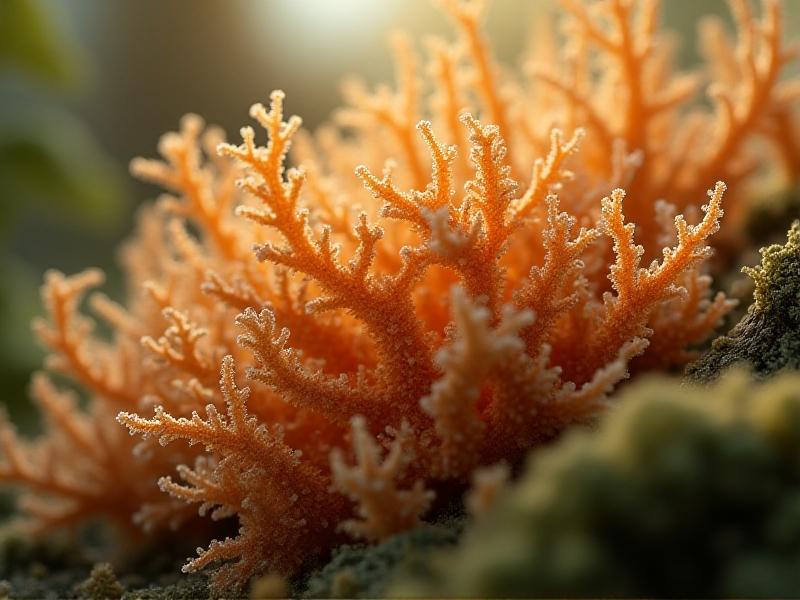Upcycling Agricultural Waste for Myco-Insulation Substrates
The Growing Problem of Agricultural Waste
Agricultural waste is a pressing global issue, with millions of tons of crop residues, husks, and other byproducts generated annually. While some of this waste is repurposed for animal feed or compost, a significant portion is burned or left to decompose, contributing to environmental pollution and greenhouse gas emissions. The challenge lies in finding innovative and sustainable ways to manage this waste, turning it from a problem into a resource. This is where the concept of upcycling agricultural waste for myco-insulation substrates comes into play. By leveraging the natural properties of fungi, we can transform agricultural byproducts into valuable materials for construction and insulation, reducing waste and promoting sustainability.
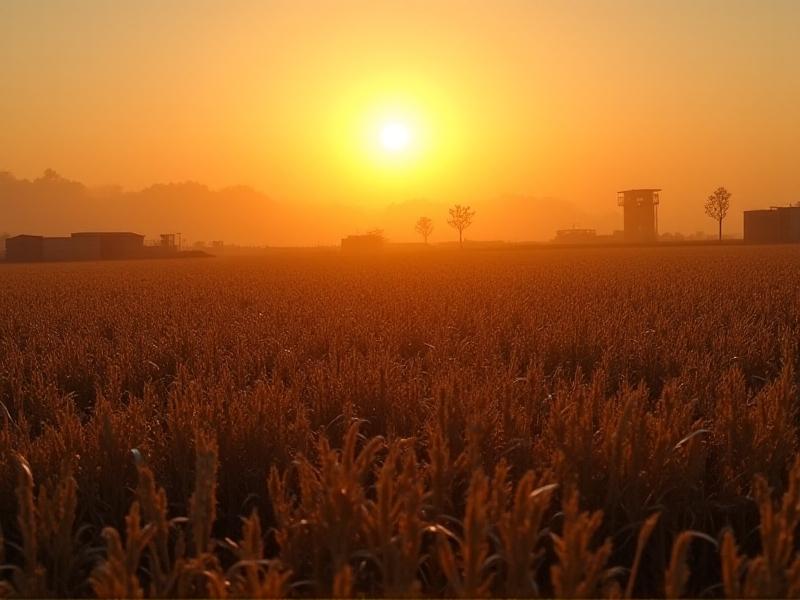
What is Myco-Insulation?
Myco-insulation is a revolutionary material made from mycelium, the root-like structure of fungi. When grown on agricultural waste, mycelium binds the substrate together, creating a lightweight, durable, and insulating material. This process not only recycles waste but also produces a product that is biodegradable, fire-resistant, and energy-efficient. Myco-insulation is gaining traction in the construction industry as a sustainable alternative to traditional insulation materials like fiberglass or foam. Its production requires minimal energy and emits no harmful chemicals, making it an eco-friendly choice for builders and architects.
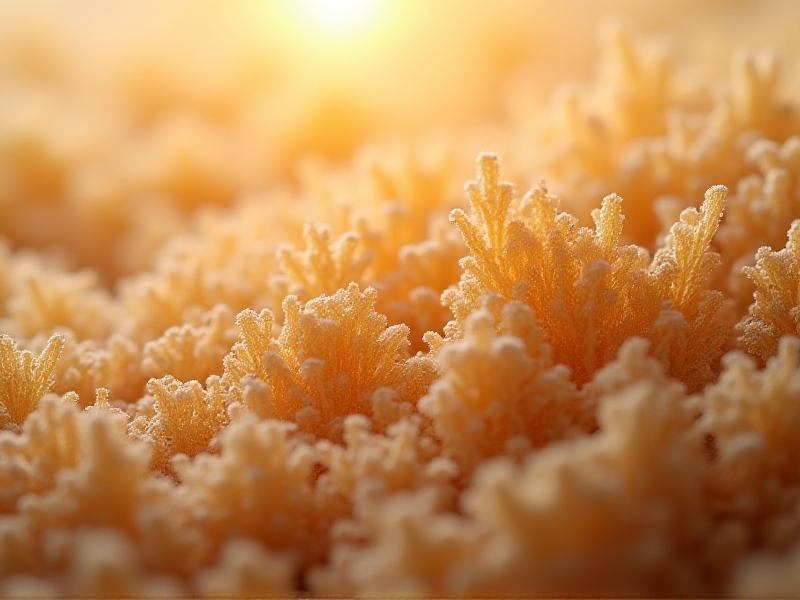
The Science Behind Mycelium Growth
Mycelium thrives on organic matter, breaking it down into simpler compounds through enzymatic processes. When introduced to agricultural waste, mycelium colonizes the substrate, forming a dense network of hyphae. Over time, this network solidifies, creating a cohesive material that can be molded into various shapes. The growth process is carefully controlled to ensure optimal density and insulation properties. Factors such as temperature, humidity, and nutrient availability play a crucial role in determining the final product's quality. By understanding and manipulating these variables, researchers can produce myco-insulation with consistent performance and durability.
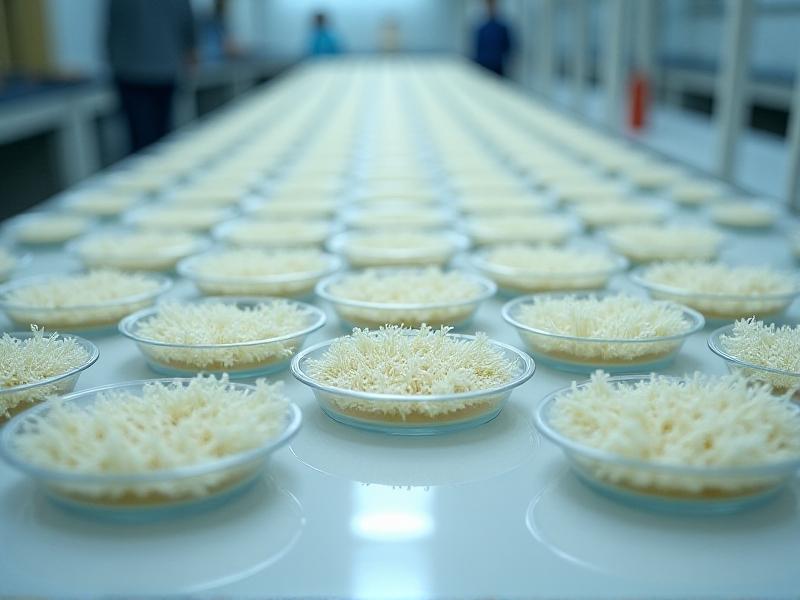
Benefits of Using Agricultural Waste as a Substrate
Agricultural waste is an ideal substrate for mycelium growth due to its abundance, low cost, and organic composition. By using waste materials like straw, corn husks, or rice hulls, we can reduce the environmental impact of farming while creating value-added products. This approach also addresses the issue of waste disposal, preventing harmful practices like open burning. Additionally, the use of agricultural waste supports circular economy principles, where resources are reused and recycled rather than discarded. The resulting myco-insulation is not only sustainable but also contributes to the economic viability of farming communities by providing an additional revenue stream.
Applications of Myco-Insulation in Construction
Myco-insulation has a wide range of applications in the construction industry, from residential homes to commercial buildings. Its lightweight nature makes it easy to transport and install, while its insulating properties help reduce energy consumption for heating and cooling. Myco-insulation can be used in walls, roofs, and floors, providing a seamless barrier against heat transfer. It is also an excellent soundproofing material, making it ideal for urban environments. Beyond its functional benefits, myco-insulation is aesthetically pleasing, with a natural, earthy appearance that complements sustainable design principles. As awareness of its advantages grows, more architects and builders are incorporating myco-insulation into their projects.
Challenges and Future Prospects
Despite its many benefits, myco-insulation faces several challenges that need to be addressed for widespread adoption. These include scaling up production, ensuring consistent quality, and meeting regulatory standards. Additionally, there is a need for greater awareness and education about the material's properties and applications. However, ongoing research and innovation are paving the way for solutions to these challenges. As technology advances and the demand for sustainable materials grows, myco-insulation is poised to become a key player in the construction industry. Its potential to transform agricultural waste into valuable resources makes it a promising solution for a more sustainable future.
Conclusion: A Sustainable Path Forward
Upcycling agricultural waste for myco-insulation substrates represents a significant step toward a more sustainable and circular economy. By harnessing the power of mycelium, we can address the dual challenges of waste management and sustainable construction. This innovative approach not only reduces environmental impact but also creates new opportunities for farmers, builders, and communities. As we continue to explore and refine this technology, myco-insulation has the potential to revolutionize the way we think about waste, resources, and construction. Embracing this sustainable path forward can lead to a healthier planet and a brighter future for generations to come.


